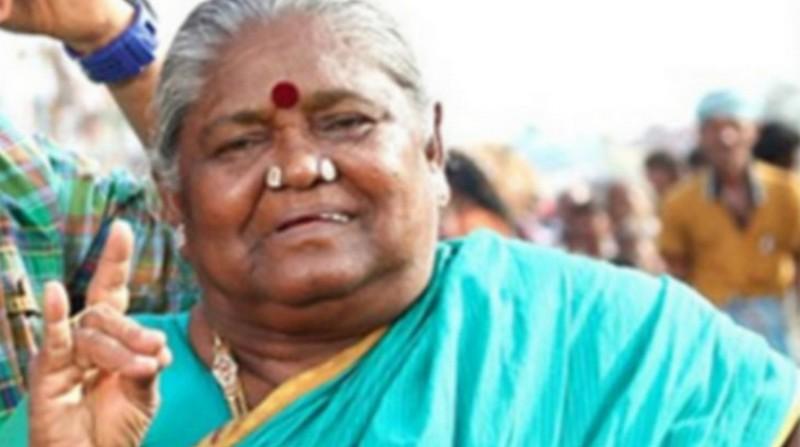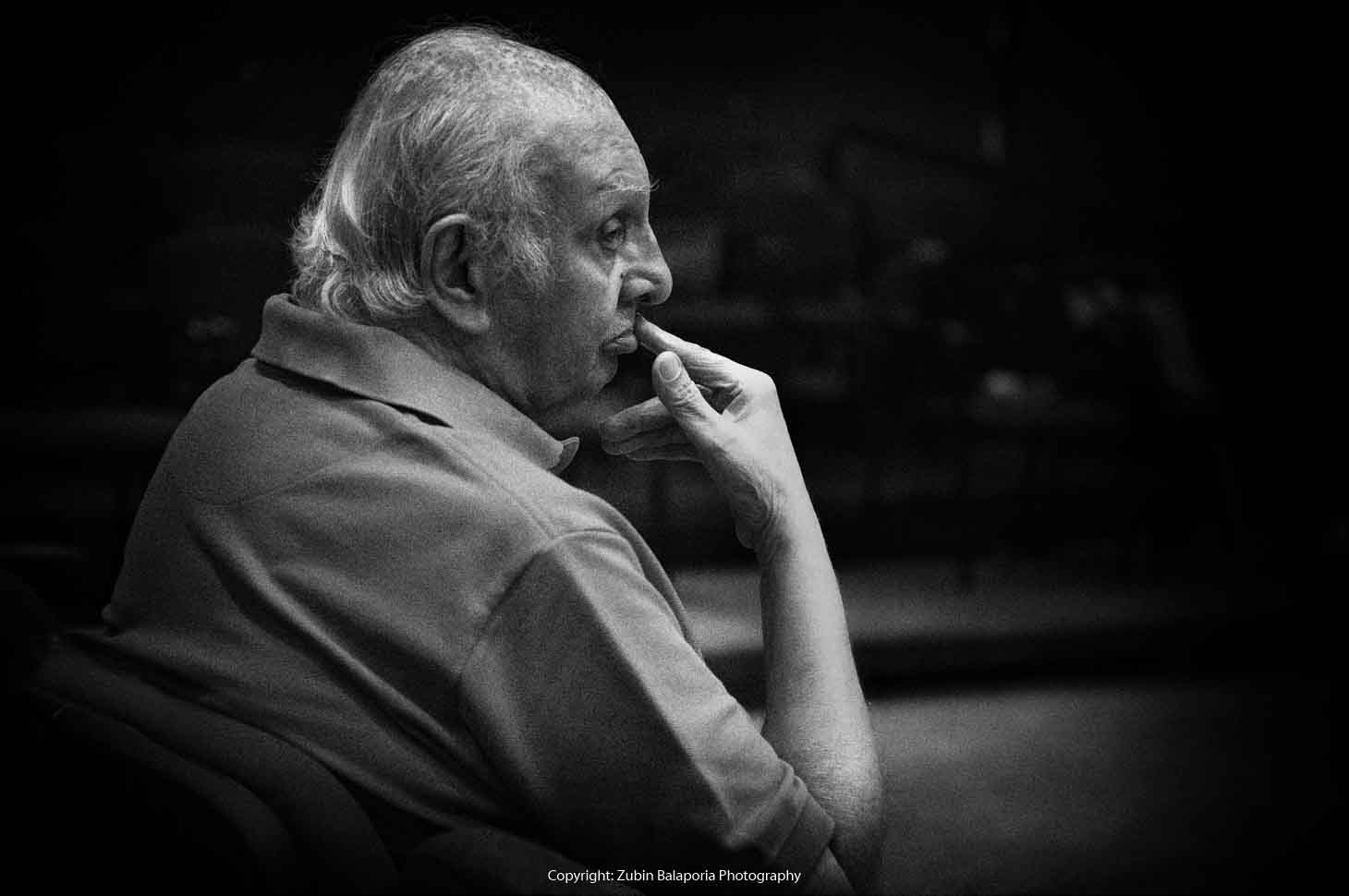In Fort Kochi, the line that separates art from the art venue is thin. The entire archaic town, which hosts the famous Kochi Muziris Biennale, is like an open art gallery where every wall and every street corner is vivid with paintings and calligraphy. The movie screening hall at Cabral Yard is an installation, ‘The Pavilion’, designed by artist-architect Tony Joseph. With its grand size and fine design, The Pavilion could easily pass for a traditional martial arts training ground, a spice godown, or an unconventional concert hall.
It is in this spacious, naturally air-conditioned hall that the ‘Berlinale Spotlight’ was held, from 11-13 March. A set of 20 short films, which premiered at the Berlin International Film Festival 2017 in the ‘Berlinale Shorts (BS)’ and ‘Forum Expanded (FE)’ categories, were screened at the event as a part of the Kochi Biennale Foundation’s Artists’ Cinema programme. Berlin-based film scholar Ulrich Zeimons curated the package, which included films from several genres.
The festival opened with a ceremony attended by artist Bose Krishnamachari, founding member and president of KBF, artist Riyas Komu, KBF director of programmes, and Syed Ibrahim, director of Goethe-Zentrum Trivandrum. Director Shaji N Karun, the chief guest at the ceremony, said, “Through short films, in particular, we would be able to achieve even our most abstract thoughts and memories in much stronger and more mature form.”
***
Ulrich or Uli, who is in mid-thirties, has a long experience of working with Berlinale as a program coordinator. “It wasn’t easy selecting the films,” admits Uli, standing just outside the screening hall, meeting and greeting the audience. “I picked films which have an experimental style of narration, which are more artistic and visual than anything else.”
The curator says that venues like film festivals and art Biennales serve as fundraisers for young filmmakers who want to experiment with the medium, and don’t want to compromise for purely commercial reasons. “These films are not for a regular cinema theatre experience. An ordinary audience might find them absurd, but the beauty of its absurdity might make sense only at these types of spaces.”
***
Indonesian director Wregas Bhanuteja’s Lembasura is a hilarious meta-movie which ridicules the serious discourse around mythologies. A young crew sets out to film the tale of Lembasura, the mythical demon who is believed to be responsible for the rain of ash in the Indonesian islands around Mount Kelud. The actor who plays the demon is an overweight, good-humoured man, whose physical appearance becomes a butt of jokes during the shoot. The metafilm’s portrayal of the ‘dance of the demon’ and theme of connecting mythology with everyday life deliberately loses meaning, thanks to this irreverent humour.
Palestinian director Larissa Sansour’s In The Future, They Ate From The Finest Porcelain, is a seamless blend of visual installation, sci-fi, politics, and other elements. Walking on an outlandish wasteland, the narrator says, “We are depositing facts on the ground for future archaeologists to excavate.” The 28-minute documentary comments on the present world from an imaginary space set in the future.
Uli’s favourite film among the lot is Jokinen, a 45-minute Finnish film directed by Laura Horelli, an experimental documentary director who lives in Berlin. Through black-and-white archival photographs and newspaper clips and a narration in male and female voices, Horelli recounts the migration tale of Finnish communist August Jokinen, and the famous Yokinen Trial, a show trial against racism organised by the American Communist Party in New York in 1931.
Bilahari K Raj, a young filmmaker who attended the festival, is full of praise for the selection of films. “These short films are nothing like the kind you see in regular film festivals or YouTube channels. Each of them has a novel, individualistic style of narration. They experiment a lot with editing and camera,” he says. His favourite film from the lot is Personne, a German film directed by Christoph Giardet and Mathias Muller. It is a powerful cinematic collage that uses an unconventional and brilliant editing technique.
Refugee & Immigration Crisis
Recommended
In the past two years, the problem of refugees and the ongoing immigration crisis have become important issues. In many of the films screened at this year’s IFFR and Berlinale, these issues were a common theme. Escape From My Eyes, a 33-minute Brazil-Germany co-production directed by Felipe Braganca and screened at Biennale, narrates the memories and dreams of three different African immigrants in Berlin, in poetic language. In its final moments, the film shifts to a realistic documentary style, showcasing the chaotic atmosphere in which the immigrants live in Berlin.
In director David Munoz’ Hide And Seek, a Spanish film crew visits a Syrian refugee camp in a Lebanese desert land. The film begins with visuals of a group of children playing hide-and-seek in the camp. The crew moves on to interview a woman at the camp, but the filming has to be done covertly. The juxtaposition of the game and the filming process is an interesting watch.
*****



